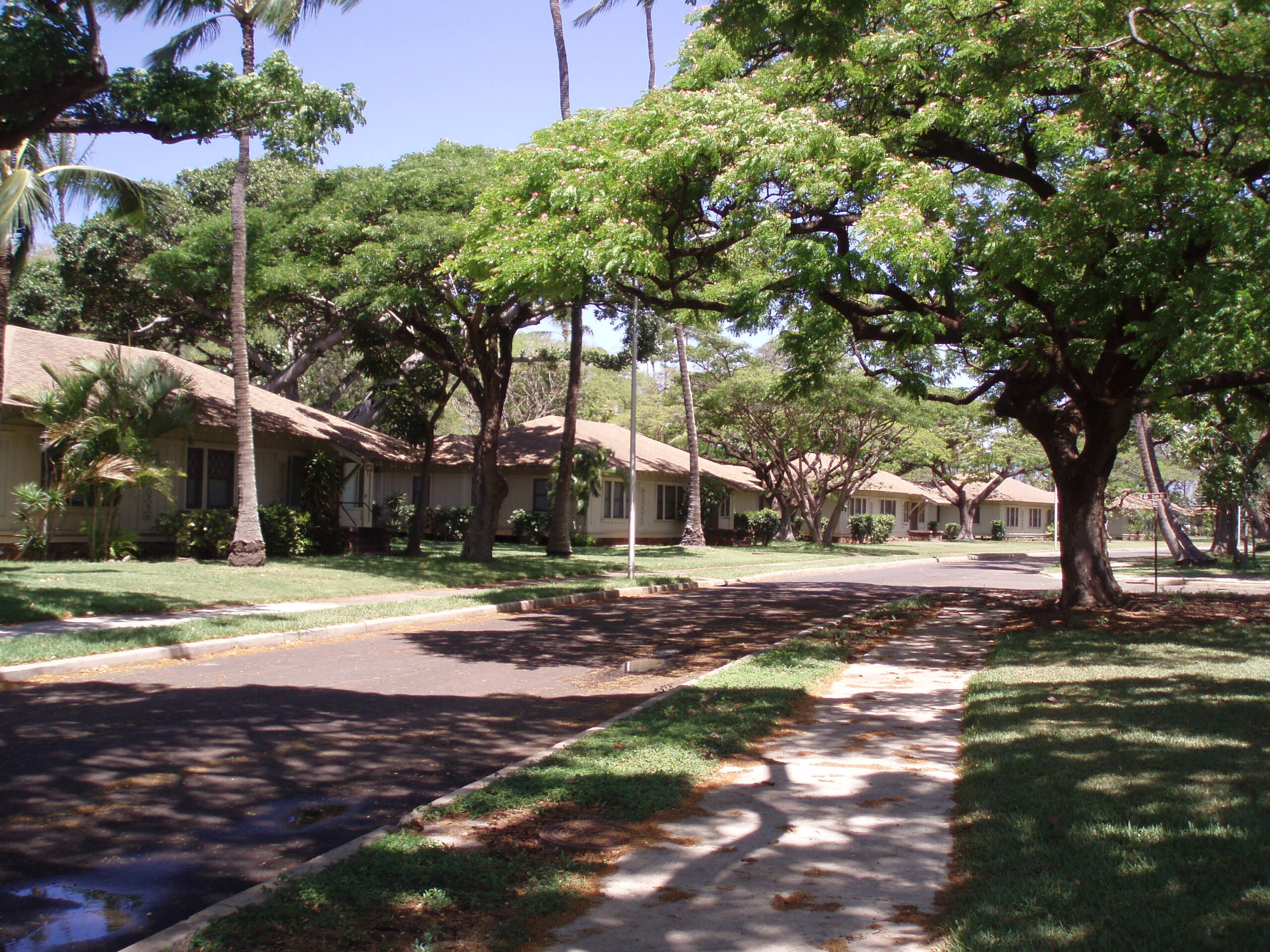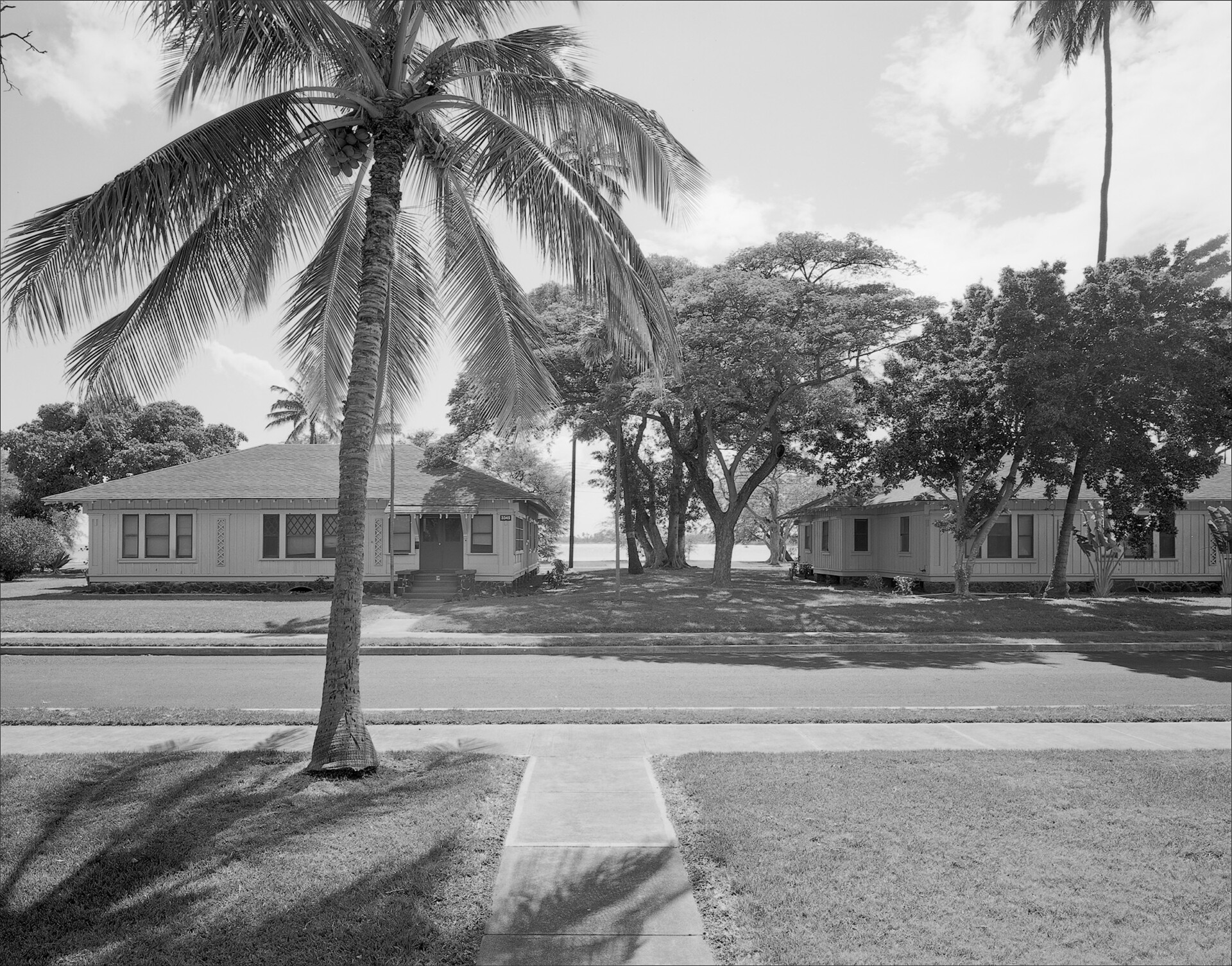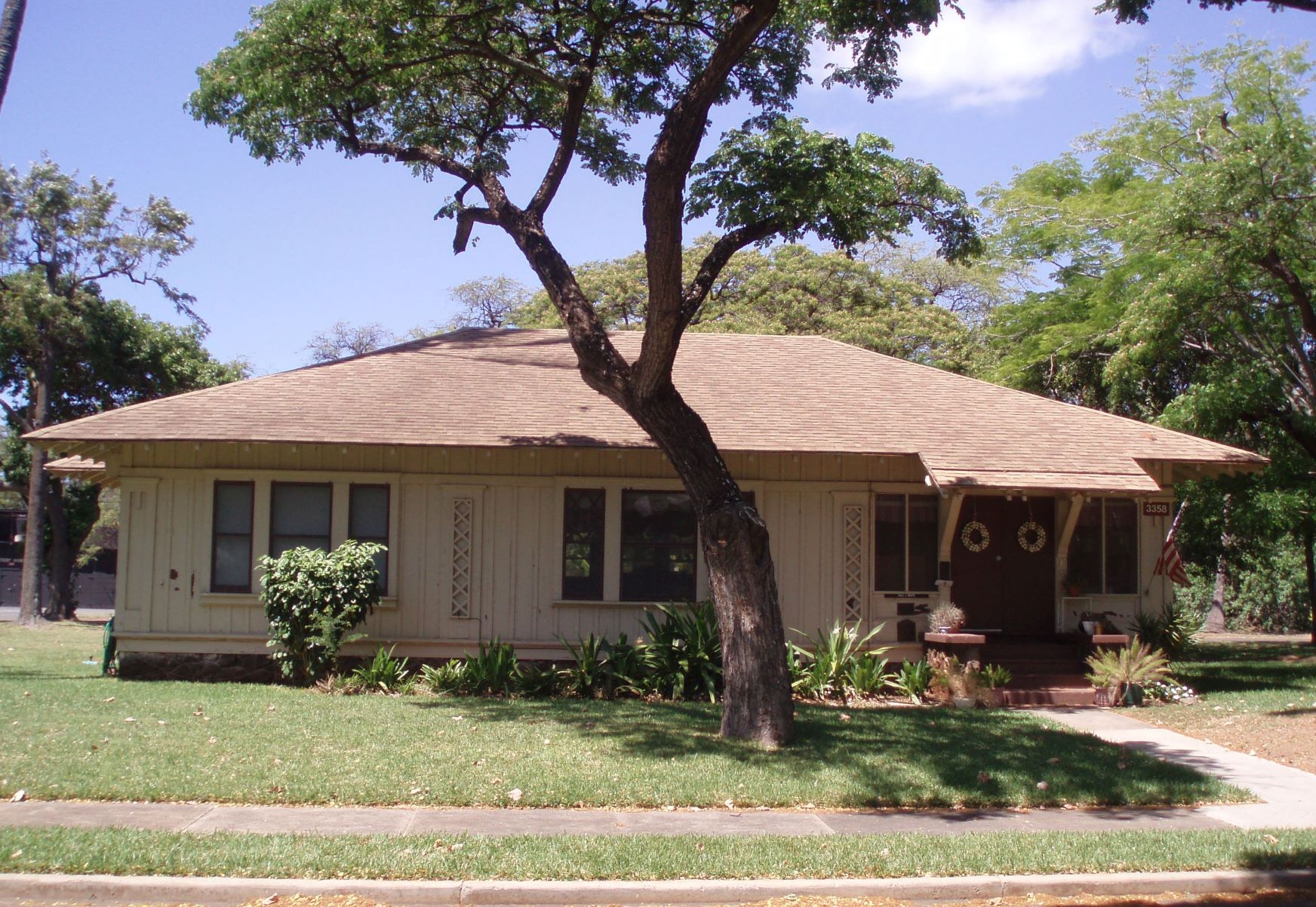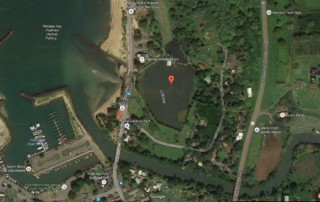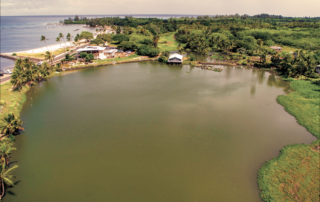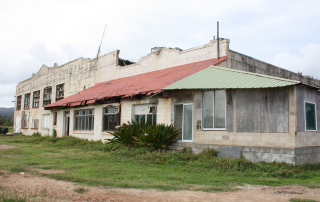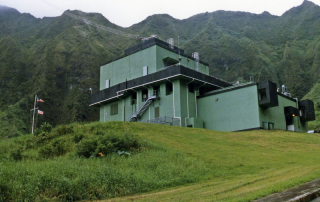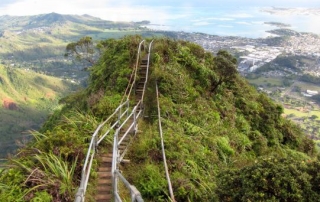Fort Kamehameha (2008)
UPDATE: 2022 PUBLIC WELCOME TO COMMENT ON NAVY'S PROPOSAL TO DEMOLISH THE FT. KAMEHAMEHA HISTORIC HOUSING DISTRICT In a letter addressed to Dr. Alan Downer, Deputy State Historic Preservation Officer, Department of Land and Natural Resources and dated August 31, 2021, the Commander of Navy Region Hawai‘i initiated Section 106 Consultation for disposal of the Fort Kamehameha houses at Joint-Base Pearl Harbor-Hickam (JBPHH). Historic Hawai‘i Foundation (HHF) is engaged as a consulting party, along with the State Historic Preservation Office (SHPD), Advisory Council on Historic Preservation and other parties. The remaining 33 houses are currently in a mothballed status. Navy states that this action was coordinated with the SHPD during the development of the Fort Kamehameha Environmental Impact Statement Alternatives for the Disposition of Fort Kamehameha Historic District Buildings and Structures by the Air Force in 2009. Lead and asbestos abatements were recently completed for 3 homes. Built in 1916, Fort Kamehameha was originally an Army Coastal Artillery Post. After World War II, coastal artillery became obsolete and most of the non-residential buildings were demolished. The remaining 33 homes stand as premier examples of the Bungalow/Arts and Crafts style of the era. Currently, Fort Kamehameha Housing Historic District consists of 48 buildings and structures that include officers’ housing, a chapel, bandstand, flagpole and abandoned gun batteries. The district also includes archaeological sites, a burial vault for reinternment of human remains, mature trees and landscaping in open green space and a circulation system of streets and sidewalks. The district was transferred from Army to the Air Force, then came under the Navy’s jurisdiction with joint basing in 2010. HHF added the district to the Most Endangered list in 2008 when the military moved out the residents, [...]


